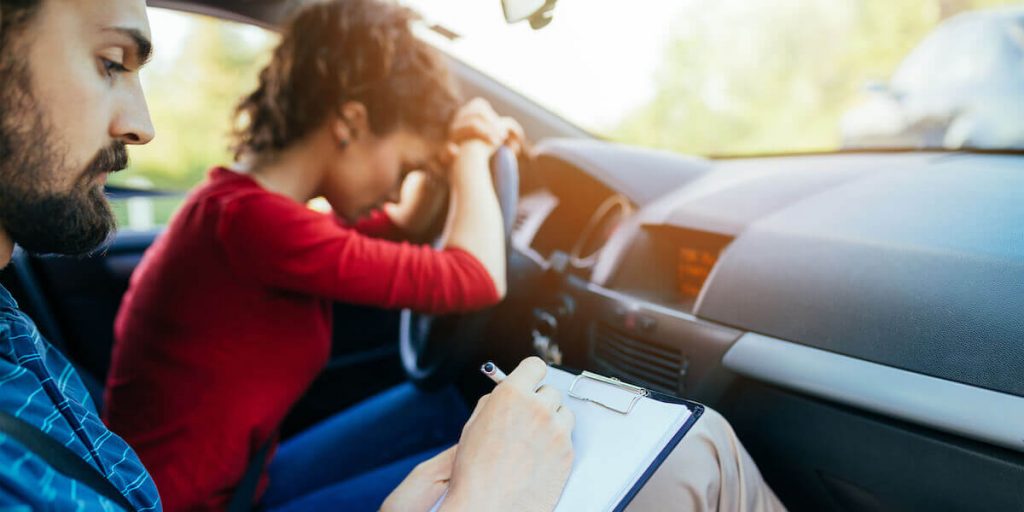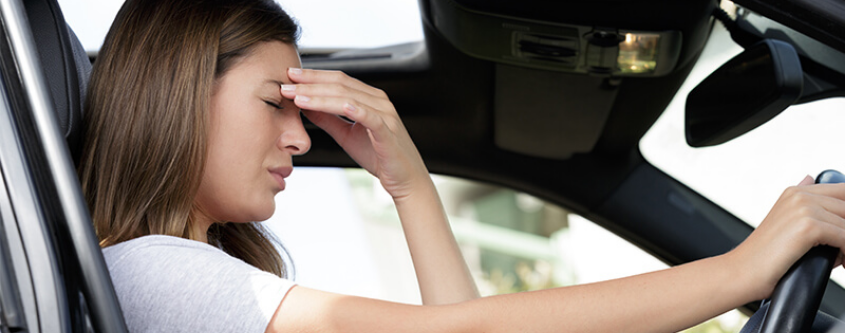Hand Signals You Must Know For Safe Driving
By Madinah on Jan 19, 2021No matter which corner of the world you are in, you should have all the necessary knowledge of “hand signals” to drive safely. There is a reason why hand signals have always been included as a vital part of driving tests. On the road, you must be able to understand what other drivers, cyclists, or motorcyclists are trying to communicate. Surprisingly, there are lesser chances of you using the hand signals. Whenever you feel the need to use the hand signals, you are advised to give it in advance and keep your hand in the same position, unless you have made the move. As per the traffic rules, you must start giving the signal minimum at the 100 feet distance.
If you are thinking hand rules are only to be practised by the car drivers, you are highly mistaken. The basic hand signals are the same for a bicyclist and motorcyclist. All drivers must obey the hand sign rules to explain their next move to the ongoing or upcoming traffic.
Role Of Hand Signals
You must be thinking, why hand signals are so important? Well, it is nothing surprising. They are only used for safety purposes. Particularly the cyclists are totally dependent on hand signals as they lack electronic signalling devices.
How can you try to alert others if your turning lights and brake lights are not working?
Hand signals will help you keep everyone else safe even in case of emergency. With the knowledge of using and recognising the hand signals, drivers can have better communication with others lowering the possibility of accidents.
When Can You Use Hand Signals?
Moving on to the next most frequently asked question, when should the driver use these hand signals? The answer is pretty logical. When external car lights have malfunctioned including Turning lights, Rear or tail lights, and Brake Lights. It also includes the damaged or broken motorbike lights. The other reasons are:
✓ Whenever you are riding a bicycle
✓ Driving in awfully bright sunshine disguising your external car lights
Important Hand Signals
On the road, you will always have two options, either to steer right or steer left. Use your hands for giving signals, no matter if you are on two wheels or four because these practices will keep you safe. Without needing an extra pair of equipment or hi-tech features, your problem can be solved. Understanding the fact that the driver will always have safe access to the left window only, all signals must be displayed from the left, even if it means turning right.
Do you know what is the best part? You don’t have to be worried about mechanical or electrical mishaps. Also, these are the universal signals that everyone understands. Here are the three most important hand signals you must know.
Taking A Right Turn
Want to take the right turn but indicators not functional?
Stretch your left arm out of the (driver’s) left window with your elbow bent at a 90-degree angle making L shape appearance. Keep the hand pointing upwards to the sky with the palm facing frontward. Keep your arm in L position, as long as you haven’t completed the turn or switched the lane from left to right. Make sure, your arm is visible and the L-shape is understandable.
Taking A Left Turn
If the driver is intended to take a left turn, extend the left arm straight out the (driver’s) left window with the palm facing forward. It is better to keep your fingers pointed, as well. The driver must keep the arm parallel to the road while making your move evident. Rest your arm in the same position until you have taken the left turn or switched the lane from left to right.
Keep your left arm visible and be aware of passing vehicles as extensive stretching can come in their way and you may get hit.
For Slowing Down Or Stopping
Whenever you are stopping or planning to slow down your car, you must use your car lights. The other option is to use hand signals to alert the traffic coming behind you. It gives them time to slow down their vehicle at a safer distance.
For decelerating, you need to stretch your left arm out of the (driver’s) left window, bending the elbow at a 90-degree angle and pointing the hand downwards for a visible upside-down L-shape appearance. Try to keep your fingers extended for a clear meaning and the palm must be facing backward.
In the UK and Ireland, it is not the same case. For slowing down, the driver must stretch the right arm with the palm facing downwards and start the circular motion by moving the hand up and down up to the wrist joint. And for stopping, keep the right arm extended vertically, with the palm facing forwards.
In the USA, Australia, Denmark, South Africa, and Canada, the practice is different as the arm must be stretched horizontally with the forearm positioned vertically in the downward direction.


